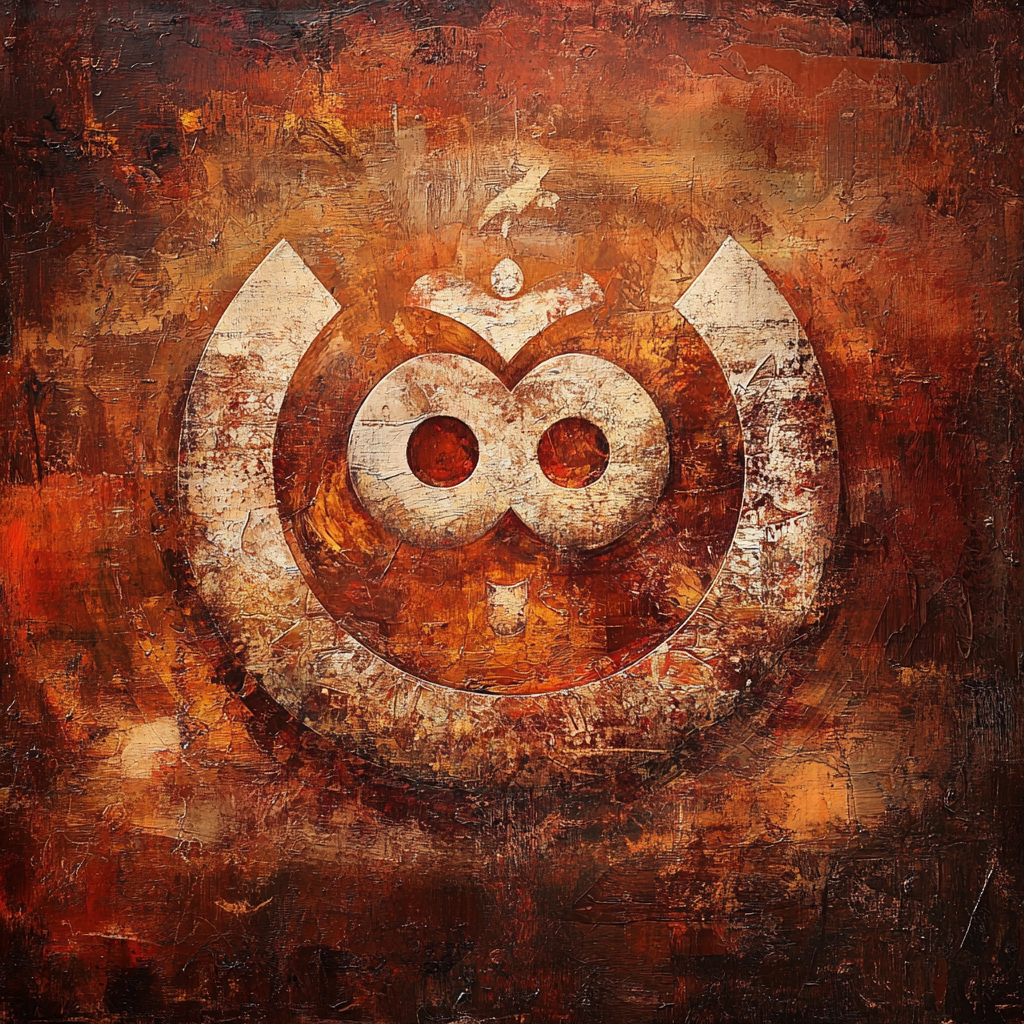
Asathoma Sathgamaya: A Timeless Sloka That Resonates as Modern-Day Affirmations
Share
In a world where daily affirmations have become a go-to tool for personal growth and mental wellness, ancient wisdom often feels surprisingly aligned with contemporary practices. One such piece of wisdom is the revered Asathoma Sathgamaya sloka, which has its roots in the Upanishads and resonates with the deep spiritual longing for truth and liberation.
The Asathoma Sathgamaya mantra is part of the Brihadaranyaka Upanishad and translates to:
O
At first glance, this verse might seem deeply philosophical, rooted in the spiritual pursuit of truth. However, when viewed through the lens of modern-day affirmations, it offers much more—it is an affirmation that speaks to the universal desire for transformation, clarity, and growth.
The Power of Affirmations Today
Affirmations have gained massive popularity in the self-help world, praised for their ability to shape the mind and foster a positive, goal-oriented mindset. They encourage individuals to challenge negative thought patterns, reinforce self-worth, and align one’s subconscious with their conscious desires. In today’s fast-paced world, affirmations help people navigate the chaos and stay focused on their personal goals—whether they involve success, healing, or mental peace.
Ancient Wisdom Meets Modern Affirmations
Now, imagine the Asathoma Sathgamaya sloka as a form of ancient affirmation. When broken down into its three distinct parts, it addresses personal growth in the most profound way:
1. “Lead me from the unreal to the real”:
This line calls for the transformation of illusions and false perceptions into a state of truth and authenticity. Modern affirmations often encourage individuals to embrace their true selves, shed limiting beliefs, and strive for personal authenticity. The sloka parallels the affirmation that encourages the individual to seek clarity and align with their core truth.
2. “Lead me from darkness to light”:
Darkness in this context can symbolize ignorance, confusion, or negative emotions, while light represents knowledge, positivity, and spiritual enlightenment. Similarly, affirmations today focus on overcoming darkness—whether it’s fear, doubt, or emotional turmoil—and guiding oneself towards inner peace, clarity, and enlightenment.
3. “Lead me from death to immortality”:
This line signifies the transition from the transient, mortal world to the eternal, the timeless state of the soul. In the context of modern affirmations, this can be seen as a metaphor for personal rebirth and growth. It encourages individuals to transcend past limitations, face their fears of impermanence, and embrace their potential for spiritual and emotional immortality.
Asathoma Sathgamaya as an Affirmation for Transformation
The sloka resonates with many modern-day affirmations that aim to shift our mindset and align us with our highest potential. By reciting this ancient sloka daily, one could mirror the process of affirmation—repeating it as a mantra to influence thoughts and actions in a positive direction. Its rhythm and clarity are not just reminders of our spiritual journey but also tools for focusing our mental energies.
In our world of constant distraction, this mantra can be a centering affirmation, a daily reminder that we are on a path to transformation. Just as affirmations are used to counter negative thoughts with positivity, the Asathoma Sathgamaya mantra offers a profound, spiritual approach to achieving the same outcome—healing, clarity, and transcendence.
Conclusion
The ancient Asathoma Sathgamaya sloka, much like the affirmations of today, guides the practitioner toward positive transformation and spiritual enlightenment. As we repeat its words, we invite change in our lives—leading us from confusion to clarity, from darkness to light, and from impermanence to immortality. By integrating this timeless wisdom with modern affirmations, we bridge the gap between ancient spiritual practices and contemporary self-growth techniques, creating a powerful tool for anyone seeking to live a more authentic and meaningful life.